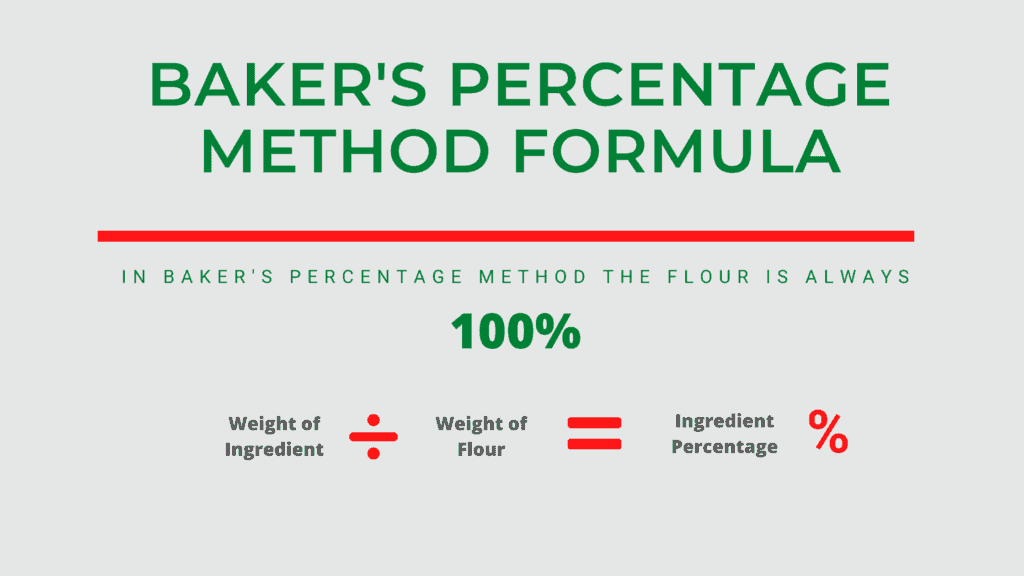
Starter Weight is required and must be numericĪdd the amount of water shown. Enter the number of cups you have here (use decimal numbers for fractional cups): If you don't have a scale : Stir the gas out of the starter that you want to use, and measure it using measuring cups. The weights given will be very close, but allowances must be made for moisture content of your flour. Adjust dough consistency if necessary by adding a little extra water or flour. If you have a scale : Weigh the starter you want to use and enter its weight. Starter Percentage is required and must be numericĪdjust recipe to use a specified amount of starter: Enter the final desired dough weight and hydration percentage in the above form. The amount of starter needed for the specified percentage will be displayed:

If you want to specify a starter percentage to use, enter it here. Starter Hydration Percentage is required and must be numeric Starter Hydration Percentage is required and must be numeric Starter Hydration Percentage is required and must be numeric Starter Hydration Percentage is required and must be numeric Starter Hydration Percentage is required and must be numeric Starter Hydration Percentage is required and must be numeric Starter Hydration Percentage is required and must be numeric Starter Weight is required and must be numeric Starter Weight is required and must be numeric Starter Weight is required and must be numeric Starter Weight is required and must be numeric 1000 grams yields approximately a two-pound loaf. This calculator may also be used to adjust recipe sizes, dough hydration, and do many other bread-related calculations.

I have found recipes on the Internet that call for from 20% to 155% starter (by weight, with respect to the flour.) This handy calculator may be used to easily adjust your recipe to use up your starter.

It turns out that the amount of starter used is not critical. And, even if you use a scale, growing an exact amount of starter is inconvenient.Ī simple solution is to use the excess starter in your bread, reducing the amount of flour and water to compensate. If you don't bake for a while, quite a bit can accumulate. Waste can be minimized by using up all but a tablespoon or two of starter when baking, and keeping your starter in the refrigerator between bakes. A problem often faced by sourdough bread bakers is what to do with all of the excess starter resulting from the necessary feedings.


 0 kommentar(er)
0 kommentar(er)
